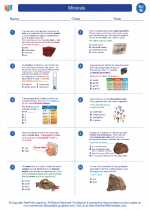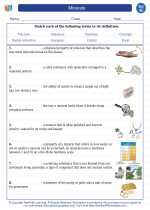Mechanical Systems
A mechanical system is a collection of interconnected components that work together to perform a specific task. These systems can be found in everyday objects such as bicycles, cars, and even the human body. Understanding mechanical systems is important as it allows us to design and analyze devices that make our lives easier.
Key Components of Mechanical Systems
- Input: This is the part of the system where the energy is put in. It can be in the form of a force, torque, or any other type of energy.
- Processes or Mechanisms: These are the parts of the system that convert the input energy into the desired output. They can include gears, levers, pulleys, and other mechanical components.
- Output: This is the end result of the system's processes. It can be movement, force, or any other form of energy.
- Feedback: Some systems also include a feedback mechanism that allows them to adjust their behavior based on the output. This can involve sensors, control systems, or other feedback mechanisms.
Types of Mechanical Systems
There are various types of mechanical systems, including:
- Simple Machines: These are basic mechanical devices that are the building blocks for more complex machines. Examples include levers, pulleys, and inclined planes.
- Complex Machines: These are systems composed of multiple simple machines working together to perform a more complicated task. Examples include engines, robotic arms, and conveyor belts.
- Biomechanical Systems: These are mechanical systems found in living organisms, such as the musculoskeletal system in humans and animals.
Studying Mechanical Systems
When studying mechanical systems, it is important to understand the principles of mechanics, such as force, motion, and energy. Additionally, gaining knowledge about different types of mechanisms and their applications is essential. Here are some key topics to focus on:
- Newton's Laws of Motion
- Types of Forces (e.g., gravitational, frictional, normal)
- Energy and its Forms (e.g., kinetic, potential, mechanical)
- Mechanical Advantage and Efficiency of Machines
- Analysis and Design of Mechanical Systems
By understanding these concepts, students can apply their knowledge to analyze and design various mechanical systems, as well as appreciate the engineering marvels that surround us.
.








